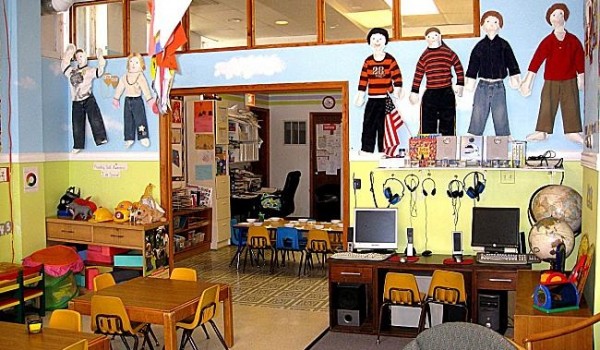Chicago Educators Seek to Instill Academic Mindset Early On


Funding and budgeting takes center stage in the education debate for the United States, with achievement gap prevention as a focal point for education leaders. Instead of fighting for increased K-12 funding, Chicago organizations are developing an education model called “birth-to-college” (BTC) aimed at developing an academic mindset early in a child’s life.
The study and development of the birth-to-college model is done by the University of Chicago’s Urban Education Institute and the Ounce of Prevention Fund. The BTC model is for socio-economically disadvantaged children who don't have the means to be immersed in a learning environment at home.
The birth-to-college model focuses on prevention rather than remediation. Current school systems are work towards closing the achievement gap once the disparity is in place. Past studies have shown gaps are already prevalent by the time a child reaches kindergarten:
"By age four, an 18-month gap is apparent between an impoverished child and his more affluent peers; that gap is still present at age 10 and continues throughout high school."
UEI and Ounce plan to overcome the challenges of at-risk students by broadening access to early childhood education from infancy to pre-kindergarten. However, another challenge is making sure the mentality they build early in a child's education doesn't drop off as they progress.
The establishment of professional learning communities (PLC) comes in to keep building the mentality of academia. A PLC binds support staff, teachers, and administrators with the families of children. Chicago teacher Erica Emmendorfer was quoted in the study explaining PLCs:
"We collaborate on lesson plans and curriculum building and just working together to make our classrooms look fairly uniform."
UEI and the Ounce explain the following for the city of Chicago:
"Only half of total high school students graduate, and of those who do graduate, only 35% go on to attend four-year colleges and universities. This percentage drastically shrinks for children who are African American, Latino, and low-income. Consequently, far too many students are ill-prepared to meet the challenges of today’s employment market, forcing them into low-skilled, low-paying jobs that will perpetuate – rather than help them break – the cycle of poverty."
California's First 5 was established in 1998 as an early childhood education program. The BTC has similar goals in helping at-risk youth. However, BTC places emphasis on transitional phases of education to prevent a child from feeling overwhelmed when entering the school system.
Recently in California, Governor Jerry Brown is planning to release a state budget that shifts funding increases to schools with at-risk students. This is also an attempt to close the achievement gap. Along with the new allocation, local schools would be given more autonomy with how that money is spent. School districts may or may not plan on investing in early childhood education. Districts may use the new funds to keep staff afloat.
More structured early childhood education hopes to instill the predisposition of academic focus for children. If low-income students are on the far end of the achievement gap, then more would have to be done to foster their success. UEI and the Ounce have a model for closing the achievement gap, but thinks outside of the fight for increased funding alone.
Although a lengthy video, the Urban Education Institute explains the birth-to-college model and its nuances below:
http://youtu.be/3lqFx8cZSKE?t=3m4s



